No Matter the Conditions,
Selecting Talent Is Hard
by Jon Player, JD, MSPH

People are the most important asset in any organization. Finding, growing, and retaining an effective team contributes tremendously to your bottom line—the costs of not doing so can be devastating.
Finding the right people for your organization, no matter the economic and business conditions, is always challenging. The past five years taught businesses a great deal about the difficulty in selecting the right employees. Job market volatility was well chronicled by industry experts. Some organizations experienced stagnation and layoffs, while others simultaneously faced rapid growth and resulting hiring. Of course, no cycle is enduring.
Despite historically low unemployment rates in the United Sates, the job market stabilized over the past year. The U.S. Bureau of Labor Statistics for early 2024 shows rising but slowing job growth across multiple areas of the economy. Anecdotally, organizations report fewer job applicants per opening and less turnover in existing team members.
In all, the job market feels stable for employers today compared to the past few years.
Challenges in Stasis
Stability in the job market offers a unique time for leaders to refocus their efforts on designing a system that will withstand volatility. However, employers often mistake times of job stability as opportunities to shift focus away from selection, rather than reinforce good systems and design new features. And most hiring managers don’t have formal training on selection, resulting in a frustrating process when it’s required.
As a result, leaders often think about selection as an “as-needed” solution to a current problem. Instead, consider your selection processes an ongoing strategy intended to respond fluidly to potential job market volatility.
Building a Selection System to Withstand Change
Hiring and promoting people takes time, investment, and resources. Consider selection one of the most important parts of your work as a leader.
Use the following five selection principles to build a system that is a strategic advantage while you have time.
1) Define the Job for Each Hire:
The “work” associated with any job changes over time. In comparison, job descriptions posted for recruitment often remain static for years. Build your system to reevaluate the actual work of each position to ensure it is accurate and current. Engage your team members to define the problems and opportunities for this new position. Then, designate the skills that the person filling that role will need to solve those problems.
2) Care About Every Candidate:
Consider your selection system as a welcome mat to your business. Even if a candidate isn’t a fit for your company, ensure your process treats them like a human being. Focus your system on reiterating that, optimally, the candidate wants to work for your company as much as you want them to do the job. Anything less than a win for each party is unacceptable.
3) Emphasize the Match:
Once you have a well-defined job, focus on finding a “match” for your work and problems. Leaders often get caught up in finding a “perfect” candidate, or conversely, rushing to hire someone who minimally fits the description. All candidates come with strengths and weaknesses. With that in mind, evaluate “mandatory” skills and qualities for each candidate, develop a strong evaluation system, and then don’t get stuck on perfection. Having high standards and seeking excellence does not mean compromise. And when you identify gaps, be ready to train your people to fill them.
4) Incorporate Your People:
Many leaders hire in isolation, feeling like they have the sole responsibility to bring on the right talent for their teams. It’s the people closest to the problems and opportunities of the organization that know what it takes to do the job. Involve them as much as possible to ensure you understand the work and the team has buy-in for the hire.
5) Interview Like a Human:
While technology like AI and assessment tools assist in the hiring process, don’t allow them to supplant your ability to make a real human connection with candidates. Interviews are an opportunity to get to know a candidate as a person. Make sure your hiring managers understand this too. Move beyond a simple resume and learn about the person, how they solve problems, and the types of people they enjoy working with.
People are the most important asset in any organization. Finding, growing, and retaining an effective team contributes tremendously to your bottom line—the costs of not doing so can be devastating.
Use the time you have now to continue to refine your selection process to ensure it is ready for the next wave of opportunity.
To learn more, check out the Selecting Achievers program and reserve spots this November for hiring managers and other leaders in your organization looking to add to their team and hone their selection and hiring skills.
